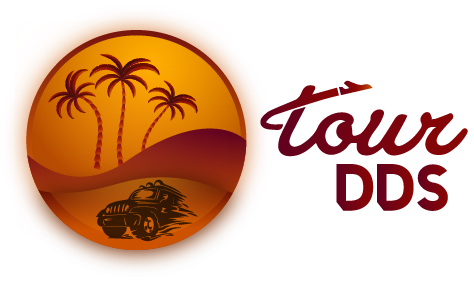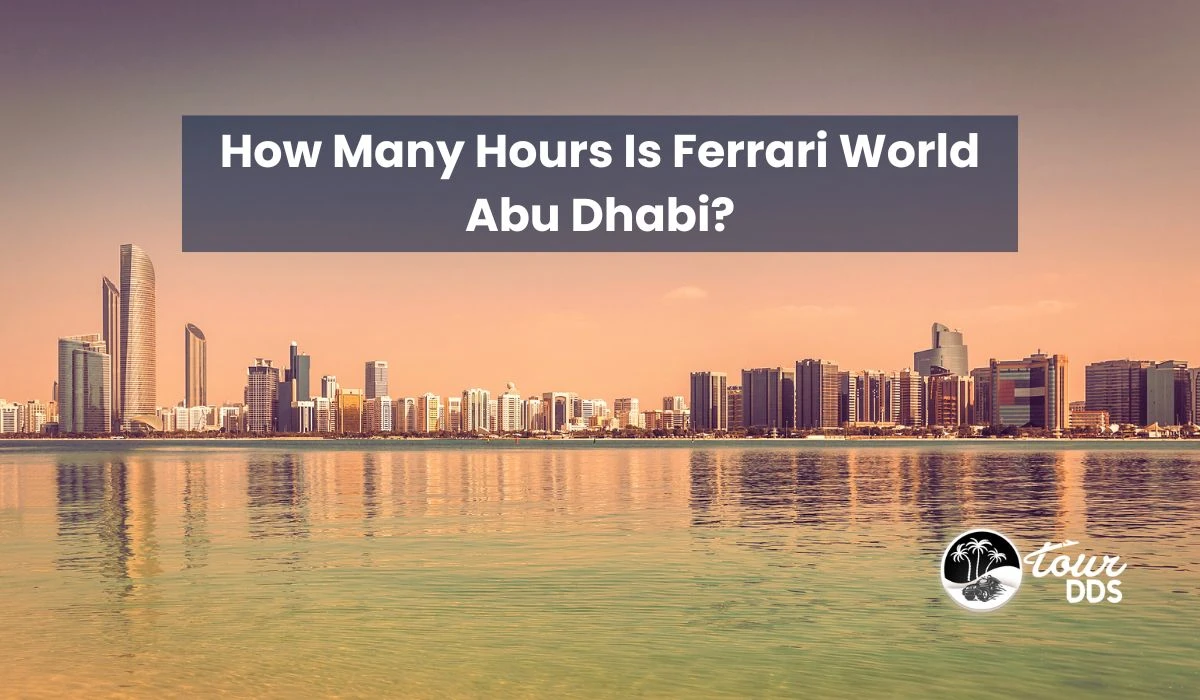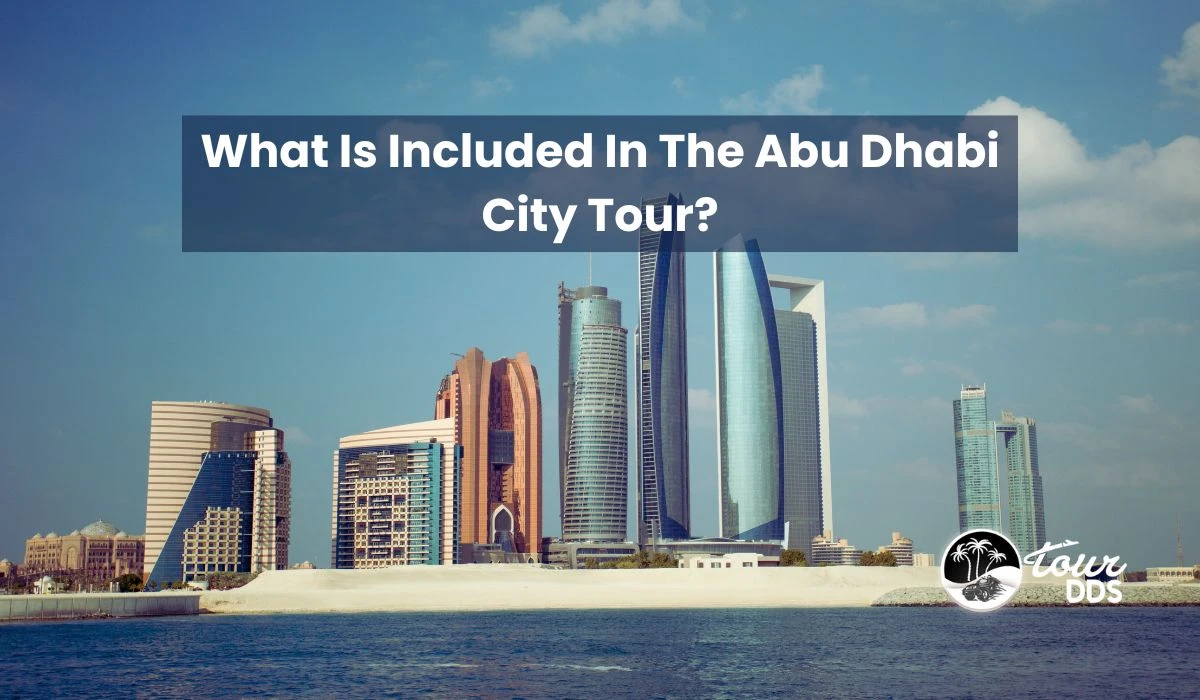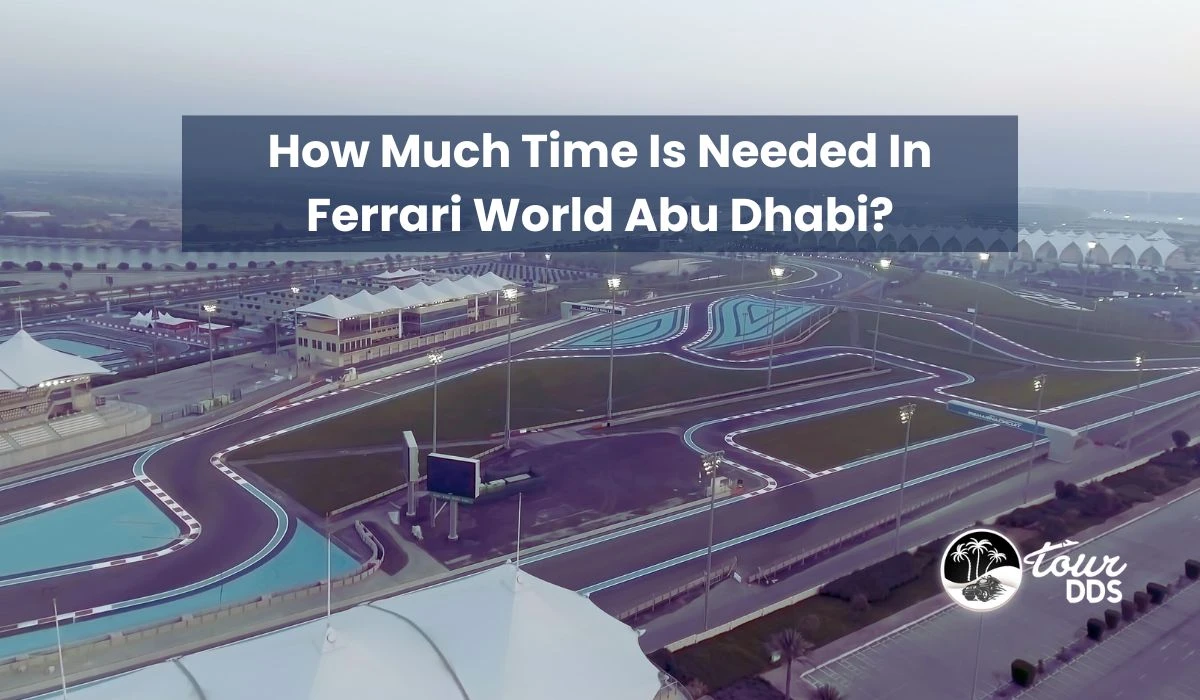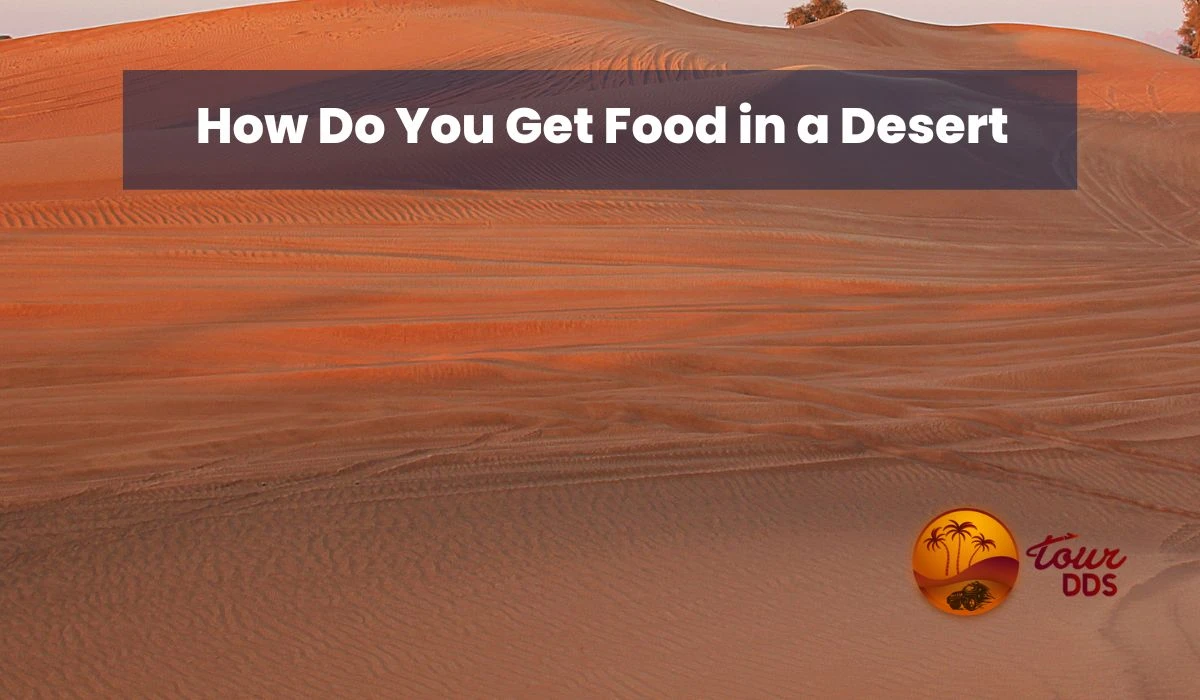How Do You Get Food in a Dubai Desert?
Dubai's desert landscapes are well-known for their breathtaking dunes and alluring beauty, but they are also renowned for the age-old difficulty of finding food in harsh environments. The question of "How Do You Get Food in a Dubai Desert?" begs us to investigate the enthralling fusion of tradition and innovation that defines the culinary landscape of this Emirati region in an era of contemporary marvels and towering skyscrapers. Dubai's Desert landscape hides a rich tapestry of culinary traditions, creative water management, and the age-old practice of desert foraging beneath the glittering cityscape. This article tells the fascinating tale of how the people who live in Dubai's desert have learned to find, prepare, and enjoy food despite resource scarcity over time. Traditional Practices showcase the ancient wisdom of the Bedouin people, who have passed down their knowledge for generations while navigating the dry Dubai Desert. These skilled foragers know how to find hidden treasures like the Desert truffle and resilient plants and animals that survive in harsh conditions. They're experts at preserving water, which is crucial in an arid environment. The Bedouins are skilled foragers, but they also understand the importance of preserving water, which helps them protect this valuable resource. This section explores the rich history of these customs, where the deserts of Dubai yield their bounty to those with the understanding and decency needed to harvest life from what appear to be empty spaces. Modern Innovations have emerged in the merciless Desert of Dubai, demonstrating the transformative power of human ingenuity. Conventional farming approaches meet state-of-the-art solutions here, as sophisticated greenhouses and hydroponic systems overcome the harshness of the Desert climate. Thanks to these innovations, fresh produce can now be grown despite the harsh conditions of the Desert. Controlled environments use technology to optimize water use, regulate temperature, and guarantee crop growth while adhering to sustainability principles. In Dubai's deserts, food is a mix of old and new, blending tradition with innovation. Traditional dishes, like saffron rice and camel stew, show the influence of Bedouin culture. But Dubai's also a melting pot of global flavors, with restaurants serving dishes worldwide. Exploring the food scene here tells stories of adaptation and creativity, showing how tradition and modernity harmonize harmoniously in this vibrant city. Each dish has its tale to tell about the history and potential of a place where creativity meets tradition. The foods that provide vital nutrition under extreme circumstances are the best to eat in the Desert. Date fruits are a concentrated source of energy and hydration and are a nutritional oasis. The Bedouin heritage is reflected in traditional dishes like camel stew, which are flavorful and high in protein. Nuts and seeds provide essential nutrients and healthy fats, and they thrive in arid environments. Meats that have been preserved or dried provide a steady supply of protein. Furthermore, hearty grains like couscous or bulgur make satisfying and nourishing meals. In addition to being incredibly useful, these dishes honor the long-standing culinary customs of Desert communities, giving them the resilience to flourish in an otherwise hostile environment. What Food Can You Find In The Desert? For those who know where to look, the unrelentingly dry terrain of the Dubai Desert offers an unexpected variety of edible treasures. Native American communities that live in desert regions and traditional foragers have long relied on drought-tolerant plants like prickly pear cactus and the hardy Desert truffle. For food, wildlife like gazelles and tiny rodents are hunted. Oasis areas are home to date palms, which produce the delectable and nourishing date fruit. A surprising variety of fresh produce, such as tomatoes, cucumbers, and herbs, are also brought in by contemporary advancements in controlled agriculture and thrive amidst the dunes. The traditional and modern cuisine of the Dubai Desert creates a tapestry of flavors that binds residents to the region's undiscovered riches. The search for food in the Dubai Desert is a complex and fascinating story that blends creativity, tradition, and ingenuity. We learned about the ancient wisdom of desert foraging and the long-standing customs of the Bedouin peoples, and how life is sustained by the land's hidden treasures. Furthermore, the perception of a desolate landscape has been challenged by the advent of a new era of controlled agriculture brought about by modern innovations, which permit the cultivation of fresh produce right in the middle of the dunes. In the Desert, water is obtained from wells, oases, conservation efforts, and occasionally desalination procedures. Food is obtained through foraging, hunting, traditional agriculture, and modern innovations. Food sources in the Dubai Desert include edible Desert plants, truffles, game like gazelles and camels, date palms, and fresh produce from modern, controlled agriculture. Food in the Sahara Desert is obtained through modern agriculture in oases, traditional practices like date palm farming and nomadic herding, and occasionally imported goods. Animals found in Desert regions usually consume a range of foods, such as plants, insects, and smaller creatures. In certain situations, these animals have developed adaptations that enable them to draw water from their food in order to survive.How Do You Get Food in a Dubai Desert?
Traditional Practices
Modern Innovations
The Culinary Tapestry of Dubai Desert
Best Foods to Eat In the Desert
Conclusion
How do you get food and water in the Desert?
What food sources are available in the Desert?
How do you get food in the Sahara Desert?
How do Desert animals eat?

